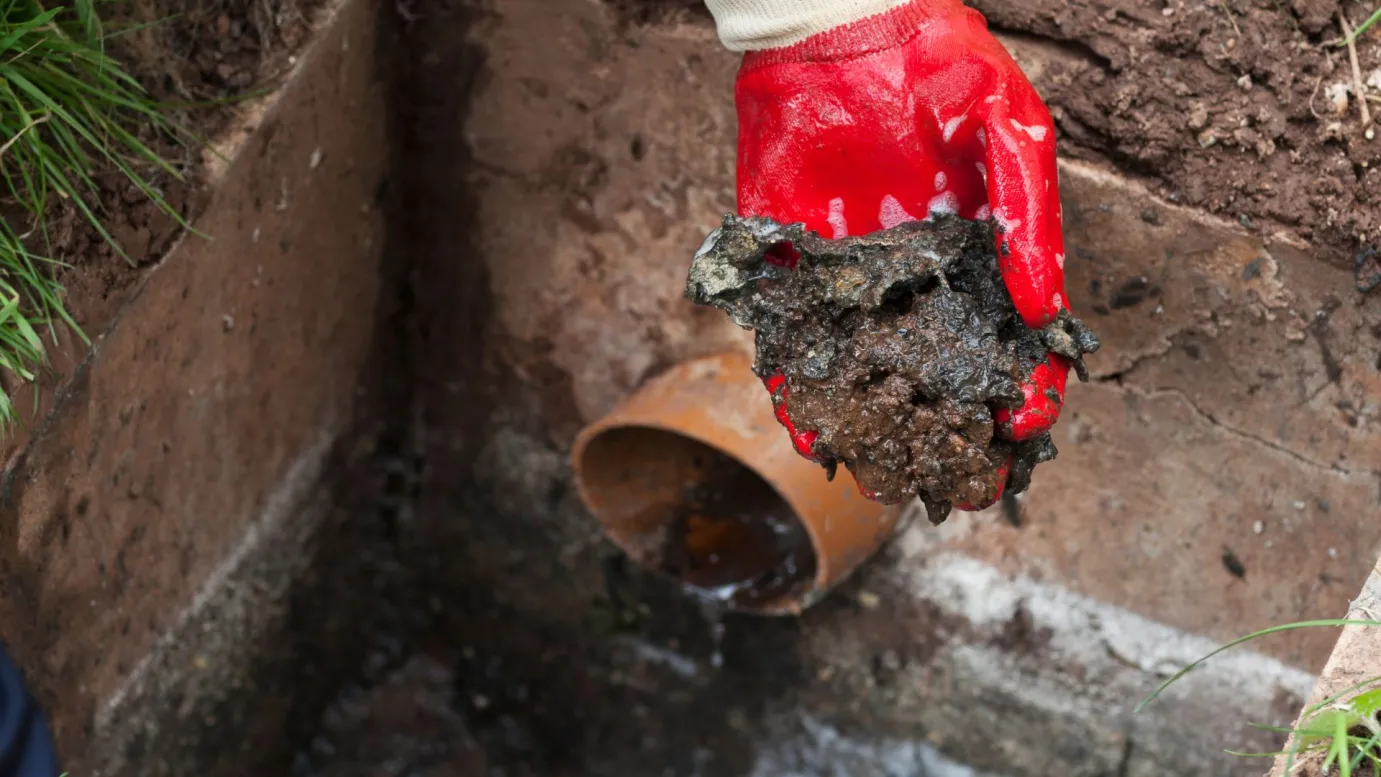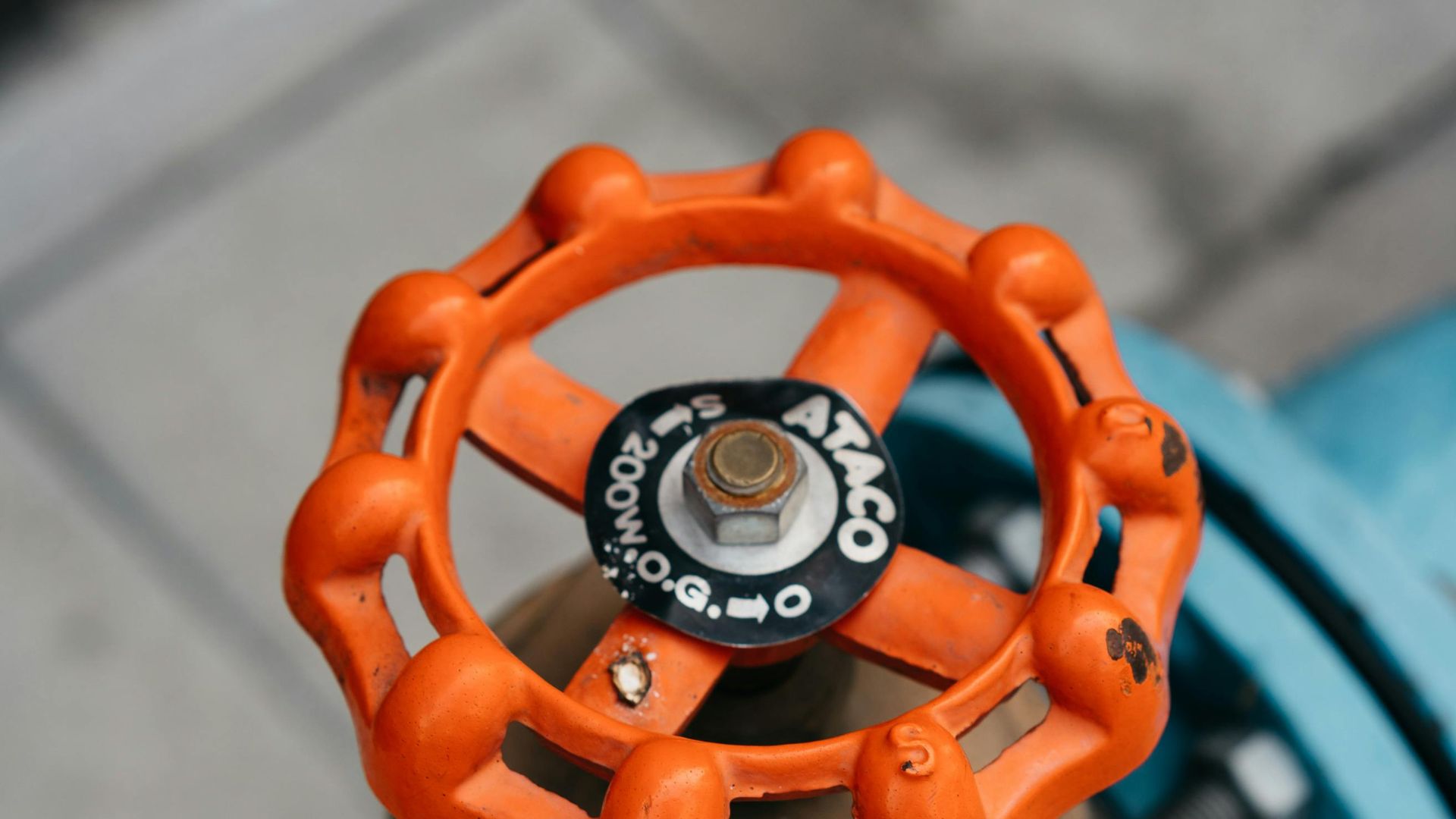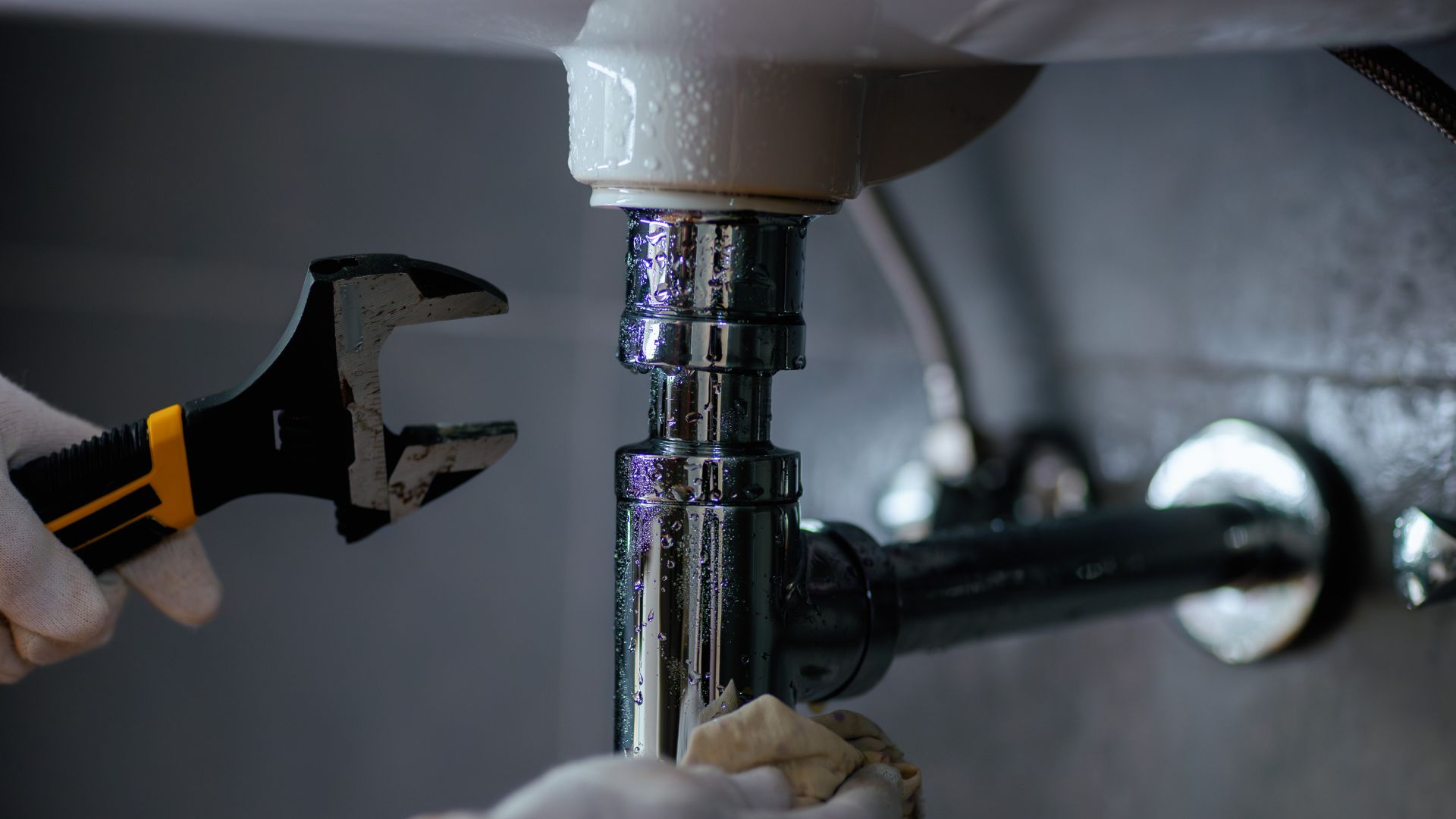Clean water is essential for households to perform daily tasks. Backflow preventers safeguard your water supply by preventing contamination and maintaining unidirectional water flow, ensuring clean, potable water for your home and business.
Depending on your plumbing requirements, you can install different backflow prevention devices at home. For example, an Atmospheric Vacuum Breaker (AVB) is a backflow prevention device used in plumbing to prevent the backflow of non-potable liquids into the drinking water system. And if you have cross-connections in your residential plumbing, you can use dual check valves.
In this article, we’ll talk about the benefits of installing these preventers to maintain the hygiene and cleanliness of your residential and commercial water system.
Benefits Of Installing A Backflow Prevention Device
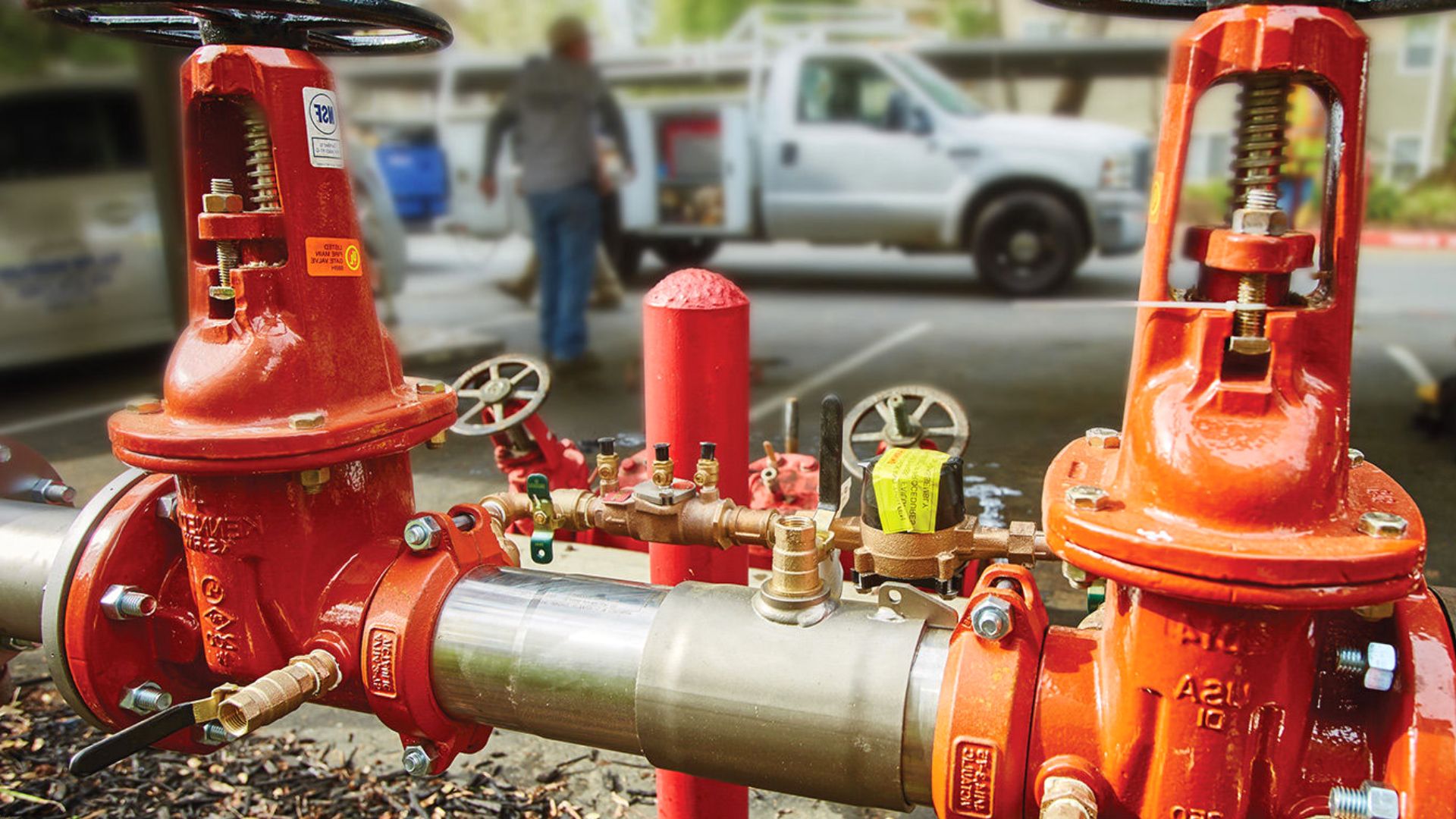
1. Removing Impurities
The first and most important benefit of installing a backflow preventer is to keep the water clean and drinkable by eliminating impurities. Since it effectively separates drinking water and wastewater, it’s possible to prevent organic wastes, toxic chemicals, and harmful microorganisms from polluting the water.
Installing a backflow prevention device is also a great way to keep sediments and rust from building up in your central water system. This means your pipes will deliver safe, uncontaminated water, reducing the risk of health issues like cholera and diarrhoea.
2. Improving Water Quality
Installing a backflow preventer can keep the water crystal clear without any foul smell or weird taste. Contaminated water usually has high sulphur content, which affects the water quality and gives it an odd taste.
Without a backflow prevention device, you might notice muddy water flowing through the faucets every time you turn them on. Thus, proper installation and maintenance of the device can improve the water quality of your residential water system.
3. Maintaining Water Pressure
Back-siphonage and a drop in water pressure are two significant backflow issues that can make it difficult to perform everyday household chores. It can be quite troublesome if the water stops flowing from the showerhead when you shower.
Similarly, washing your car with dirty water due to back-siphonage doesn’t sound ideal either. A backflow preventer can help you avoid these problems and safeguard your water system.
4. Preventing Water Leaks And Pipe Damage
A backflow preventer can prevent frequent water leaks because it maintains pressure inside your water pipes. Since there’s no excess pressure build-up, the chances of water leakage due to burst pipes are much lower.
Not only this, but a backflow prevention device also restricts sediment deposition inside the pipes and improves water flow for quick drainage. You won’t be left with an overflowing drain and can save much money on drain and pipe repairs. It can be excellent for keeping your plumbing and water systems pristine.
Different Types Of Backflow Prevention Devices
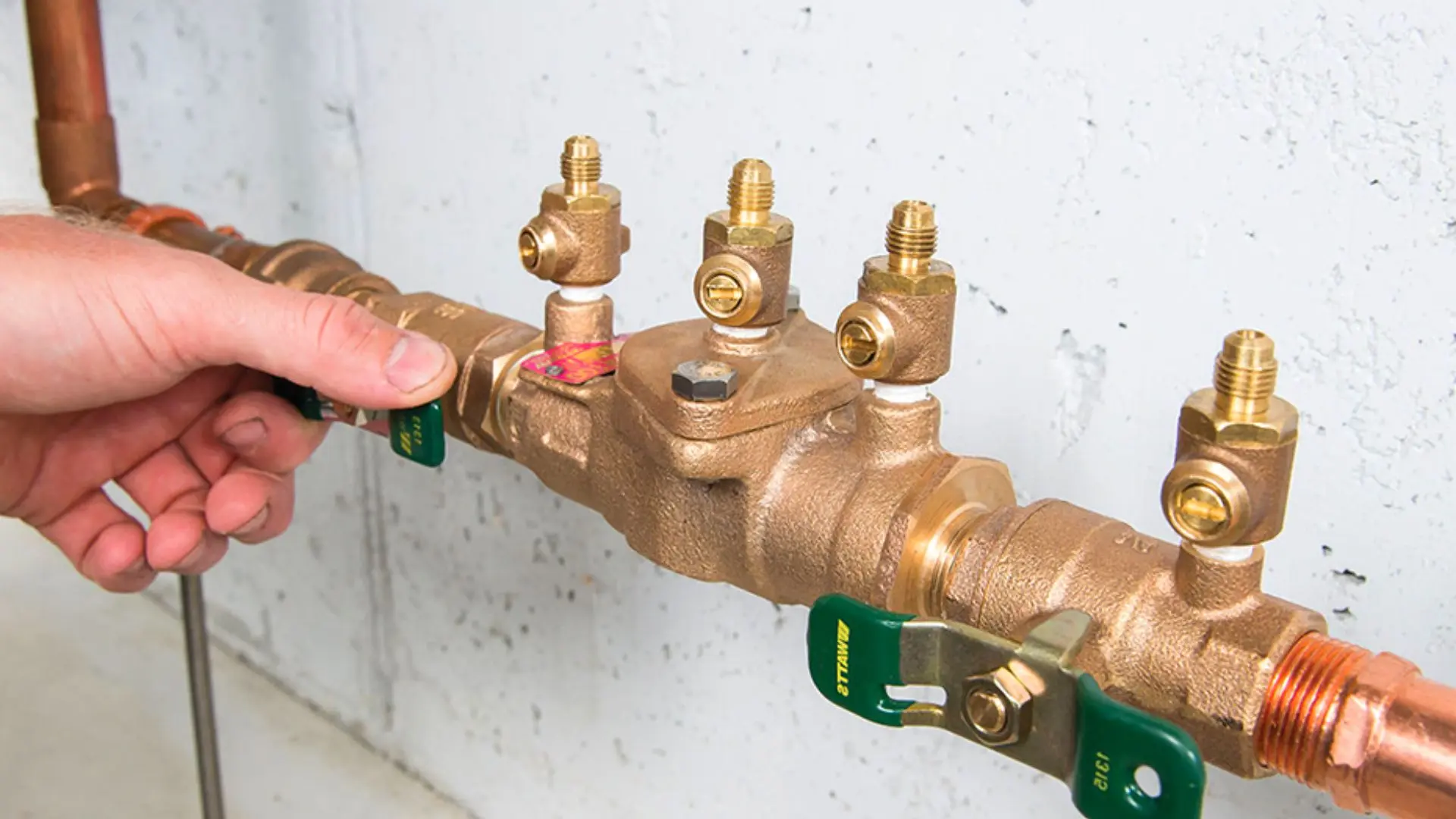
1. Reduced Pressure Zone Device (RPZD)
The RPZD preventer stops hazardous water contaminants from mixing with clean water and is usually installed in large commercial properties.
This device features a chamber tucked between two check valves, making it easier to keep an eye on pressure inside the pipes. Plus, it includes an extra drain to let off any excess pressure, so there’s no risk of your water pipes getting damaged.
Hence, the pressure inside its chamber never exceeds the pressure of the main water supply, effectively preventing water from flowing in the opposite direction.
2. Air Gap
The air gap is a popular backflow preventer and is quite common in residential sinks and bathrooms. Air gaps offer a physical break between the water supply line and the water container. That way, the contaminated water stays inside the pipes and can’t enter fixtures like faucets and showerheads. You can avoid using dirty, contaminated water by installing an air gap, even during backflow.
3. Pressure Vacuum Breakers
Pressure vacuum breakers are among the newest backflow prevention solutions, often teamed up with underground lawn sprinkler systems to fend off back-siphonage. These breakers include a check valve to guard against pressure drops in the pipes.
Also, a spring at the top opens the inlet valve, letting air into the system to break the syphoning effect. In that way, the water flows downstream and exits the pipes without allowing pressure to build up inside them.
4. Automatic Flood Gate Valve
As the name suggests, this backflow prevention device works like a floodgate and stops dirty wastewater from entering the central water system. It’s fully automatic and solely works on air pressure. Once the gate closes automatically, a stainless steel knife holds back the contaminated water and prevents backflow for as long as required.
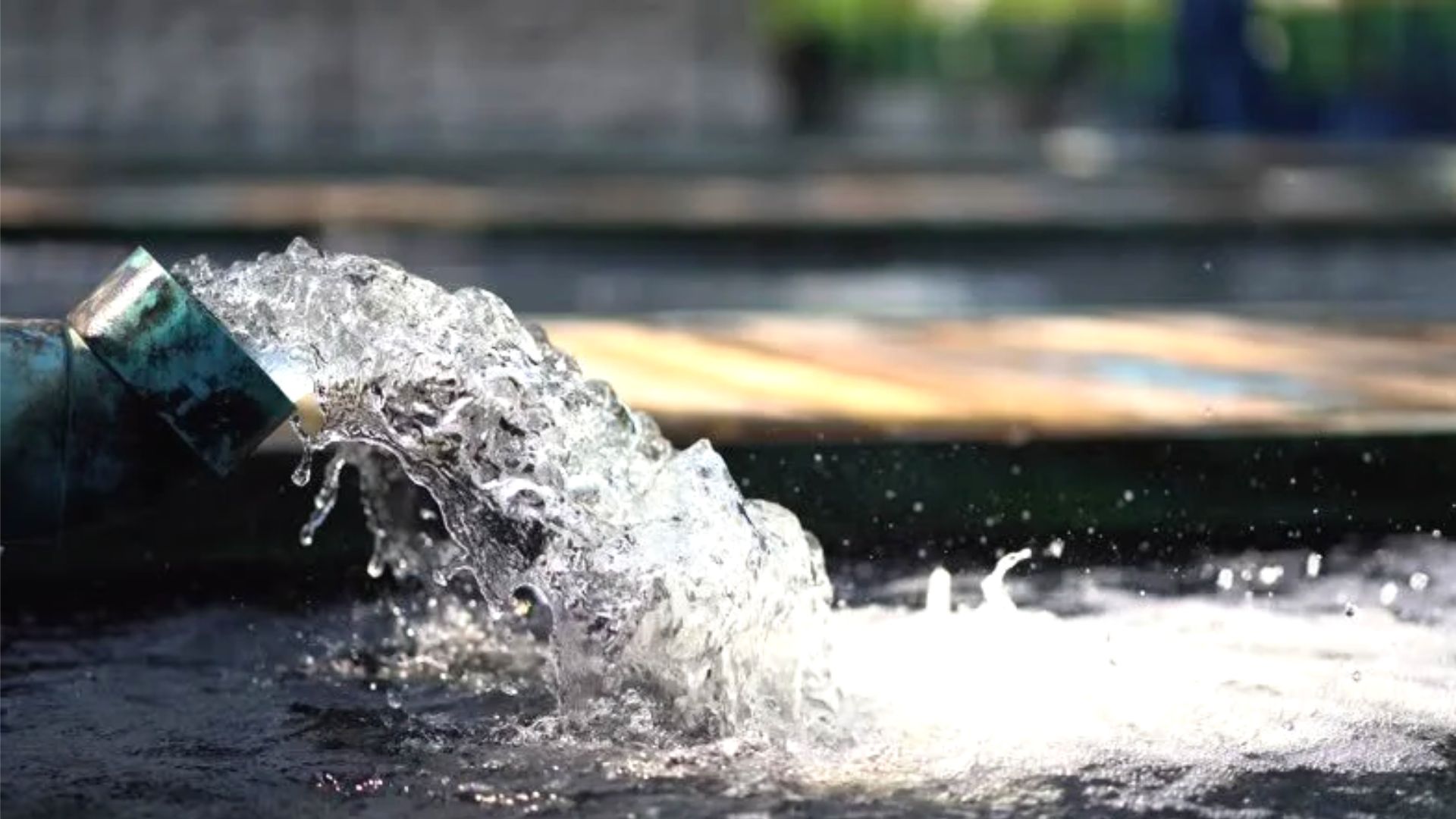
Reap the benefits of Installing Backflow Prevention Devices
While many homeowners aren’t across the ins and outs of how backflow preventers work, they’re well aware of the need to keep their plumbing and water systems in top shape. If you spot a nasty smell, discolouration, or notice impurities in your drinking water, it might be time to consider a new backflow prevention device. Installing one ensures your water supply stays clean and uncontaminated.
If you already have a backflow prevention system in place, regular testing is a must to keep everything running smoothly. Skipping these checks can spell trouble: when backflow occurs, it lets contaminated water creep back into your clean supply, putting your household’s health and safety at risk.
Try not to ignore a plumbing emergency in your sewer system, such as backflow and the signs of contamination. Call a professional plumber immediately. Depending on your house’s plumbing requirements, you can install any of the devices mentioned in this article. Proper maintenance of the newly installed backflow prevention device is vital for sanitation and hygiene. It will also prevent the possibility of frozen pipes from bursting, ensuring a safe and reliable water system.
At Fixed Today Plumbing, your go-to Sydney plumbers, we offer backflow testing and installation of backflow prevention devices for both homes and businesses. If you need help with backflow prevention, reach out to our licensed team at Fixed Today. Let us help keep your water system safe and your family healthy, while avoiding costly plumbing repairs.

